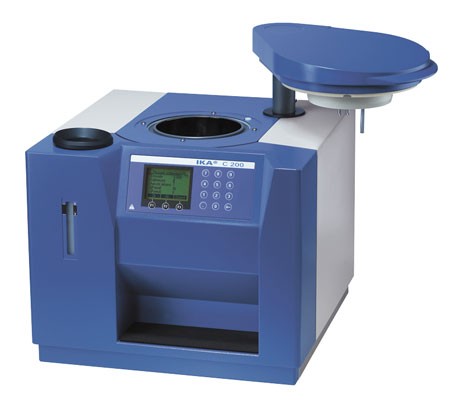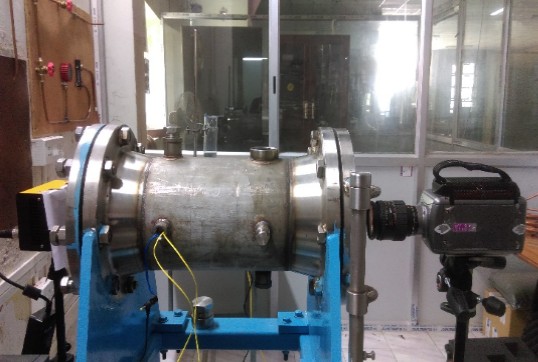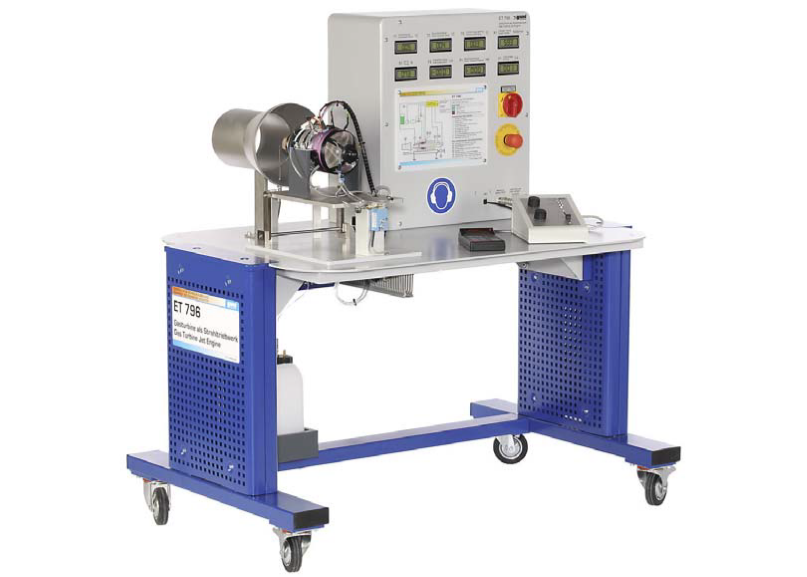FACULTY UG & PG LABORATORY AUGMENTATION PLAN
Propulsion/Combustion
Bomb Calorimeter

Exact composition of practical fuels is often not known
Determination of heating value (HV) is important
Familiarize the students how to use Bomb calorimeter to determine HV
Measure the HV of a solid fuel (such as wax) and compare the value available in literature
Droplet Combustion

The combustion of a multicomponent fuel with higher volatility differential leads to the disruptive phenomena such as puffing and micro-explosion.
The fragmentation caused by micro-explosion and puffing plays an important role in accelerating spray atomization in the combustion chamber, which can be considered as an effective way of promoting efficient combustion.
Educational Gas Turbine Jet Engine

A complete laboratory-based Turbojet engine demonstration unit.
Provision for measurement of pressure and temperature at several locations of the engine as well as engine speed and thrust.
Flame Propagation and Stability Unit

Flame Lift Off, Flame Light Back
Provides data for the construction of flame stability diagrams
Enables students to investigate methods of improving flame stability limits
Allows investigation of the relationship between flame speed and air – fuel ratio for a variety of slow burning gaseous fuels.
Ramjet Engine Test Stand

Demonstration and investigation of the ramjet principle.
Total and static pressure plots along the ramjet engine axis
Comparison of Propane with other gaseous fuels, e.g. Acetylene, Butane, Methane (To be augmented)
Complete performance analysis at various approach speeds. Calculation of exhaust velocities, measurement of temperatures, thrust, specific thrust, drag and fuel consumption (Needs to be upgraded)
Experimental Impulse Turbine Unit

Visual examination of a small impulse turbine
Production of torque/speed and power/speed curves from the experiments
Comparison of turbine performance including specific air consumption when using throttle control or nozzle(4) control
Determination of the isentropic efficiency of a turbine and plotting the end states on a T-s diagram
Experimental Reaction Turbine Unit

Visual examination of a small reaction turbine
Torque speed / power speed curves from a no load speed exceeding 35000 rpm to stall for wide range of inlet pressures
Evaluation of specific air consumption at a range of speeds and pressures
Determination of isentropic efficiency
Nozzle Performance Test Unit

Visual examination of nozzle choking
Determination of the effect of inlet and back pressure on mass flow rate through nozzles
Measurement of the velocity of a jet issuing from a nozzle operating at a variety of inlet and back pressures
Calculation of nozzle efficiencies
Nozzle Pressure Distribution Unit

Investigation of the relationship between inlet pressure and mass flow rate
Investigation of the relationship between outlet pressure and mass flow rate
Visual demonstration of under expansion and over expansion with re-compression (shock wave)
Axial Flow Fan Unit

Measurement of Fan static overall pressure rise and Rotor static pressure rise
Work ratio can be found out
Mechanical power can be derived
Electrical power can be calculated from the voltmeter & ammeter reading
Fan overall efficiency can be determined
Centrifugal Fan Unit

Provision of fitting forward guide vanes, radial guide vanes and backward guide vanes
A standard nozzle is fitted to the fan inlet and diffuser as well
The flow rate and pressure rise across the fan blade can be measured


